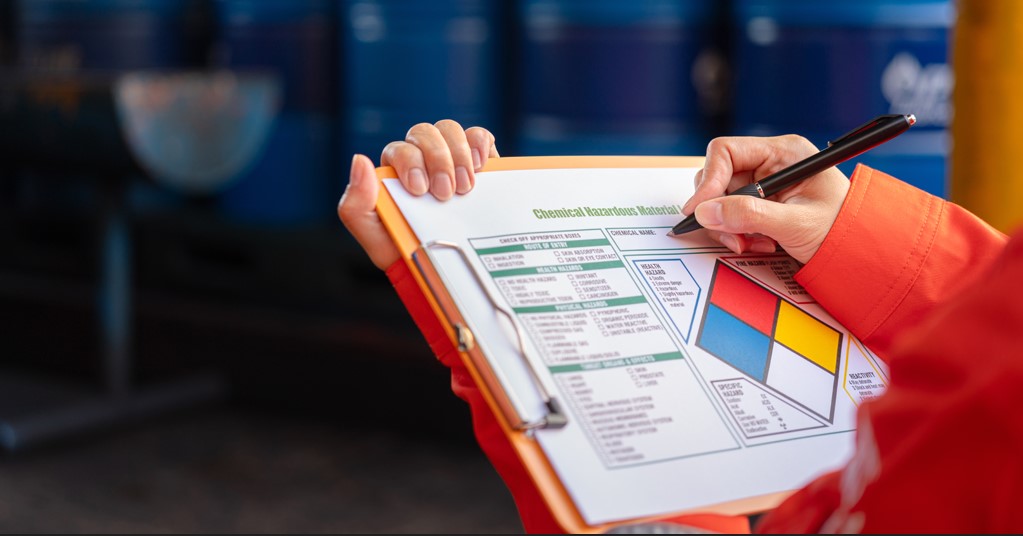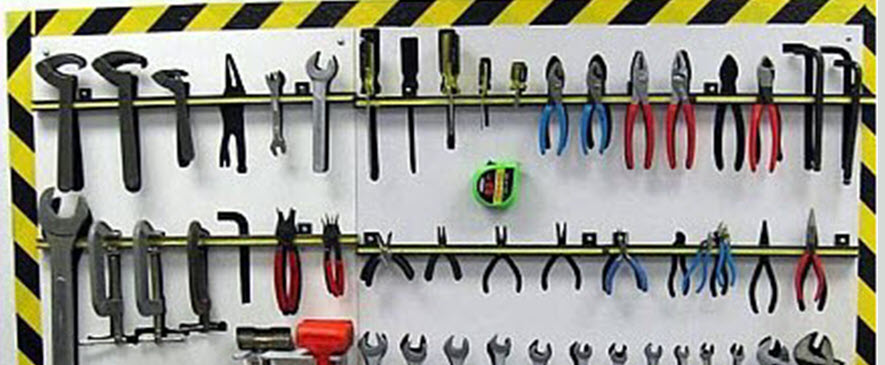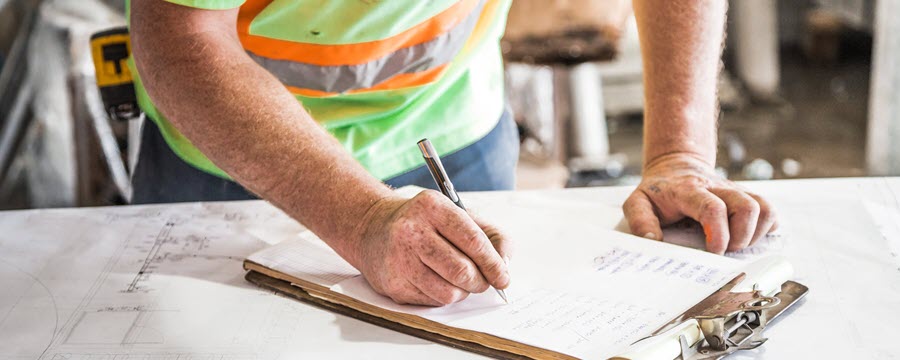
How To Use 5S Lean in the Workplace

Optimizing your business goes a long way in improving operations and supporting growth. When your workplace is organized with the pillars of 5S Lean manufacturing, you can reduce waste, increase productivity and improve safety. How do you take ideas and put them to practical use in your company? Each principle can be translated into practical actions.
Applying 5S Lean Principles
5S is a Japanese-founded method of running a workplace that has a few basic tenets: sort, set in order, shine, standardize, and sustain. Each idea builds on the one before it to improve the workflow in your business. Getting started is as simple as making the commitment to having a better workspace and improving your company’s productivity for the best profit.
1. Sort
5S Lean begins with sorting. This could be a big undertaking depending on the size, nature and current state of your business, but it can also be one of the most fruitful parts of the 5S process. Proper sorting will be the basis for getting organized.
Find the time to go through all materials, inventory and waste in your company. You may need a day to pause the normal operations of the company to allow your staff to focus on this task. In a warehouse environment, the sorting process could look like taking all boxes and bins off your shelves, examining the contents and deciding what’s needed and what’s not.
Of the things you need, create a ledger so you know exactly what you have in stock. Use labels to categorize how each item is used in your operation. For example, you can put a white label on items that are a part of manufacturing and a green label on items that help with delivery. Standard 5S process is to put a red tag (or label) on items that are no longer needed. Leave no item unsorted.
2. Set in Order
Now that everything is cleared out and categorized, you need to put it all in the best order for maximum efficiency. Say you previously kept all supplies of a certain size or material in one area of your business. Now is the time to decide if there is a better way. Should certain items be stored closer to the workstations where they are used the most often? Consider what 5S tool control systems will work best for you.
Asking questions such as this can help you figure out how to make the most of the workspace so your staff can get more done with fewer steps. Move maintenance equipment closer to the machinery it is used to fix, place raw materials in easy reach of workers in the manufacturing department, and only have packing supplies in the areas where orders are prepared for shipment.
3. Shine
As you sort and order your supplies and workstations, give everyone a fresh start by engaging in deep cleaning. Studies show people work better in orderly and tidy spaces. That’s why “shine” is such an important part of the 5S Lean process. Workers will have fewer distractions and feel more comfortable as they go about their tasks.
Get rid of extraneous items that don’t add to the work being done in your space. Clutter can get in the way of people trying to work and lowers morale because it looks less professional. Take the time to clean floors and walls that may have accumulated dirt or dust from machines or the general work process. This will also make it easier to apply new floor tape and signs as you organize the work area.
4. Standardize
Now that you have reordered the workspace, cut down on clutter and disorganization, and placed items in the places where they will be best used, it’s time to make it clear to every member of the company how the new system works.
Start with managers in each department. Make sure they are trained in how the facility flows and understand why certain things have been moved and what their function is. This is also a good time to get feedback about any potential problems with new arrangements. If a person who works more intimately with the production process flags a problem, consider making an adjustment.
Next, all staff should be brought up to date on your system. They should have consistent directions on how to use and store supplies. For instance, if your team is used to dropping shipments from the loading dock in one area but you’ve changed that, make it clear that things will be different. It’s a great idea to have signs made to mark where things should be moving forward.
5. Sustain
To keep all these new changes in place, you need new controls for your company. Once training for current staff is complete, create new onboarding and training materials for anyone who joins the company in the future. Your training should include a walkthrough of the preferred workflow as well as a key that explains all signage displayed in the building.
You must also get the support of your managers and then your staff. They will be used to doing things in certain ways and it can be easy to fall back on certain habits. Make it clear that going back to old ways of doing things will not be tolerated. It may seem harsh, but you can’t sustain your new system if people are undermining it.
Creating an inspection schedule will help keep the new systems in place. Use visual management tools like KPI boards to show progress to all employees. It will be critical to check that things are being done the right way and offer corrections, especially in the first days. This is even more important when it comes to changes that involve safety improvements. Throughout the building, use signs to reiterate proper company protocol so there is no question about what should be done.
Get Started With 5S Lean Now
It may seem like a big undertaking to apply 5S Lean principles in your workplace, but with a few straightforward actions, you can get it done. Sort through equipment and inventory, set it in order where it’s used the most, deep clean, create standard rules and enforce them. In this way, you can improve your operations.
For 5S tools to use in your process – including organization and tool control, floor tapes, visual management, floor tapes, holders and more – visit the 5S store at ComplianceSigns.com.

